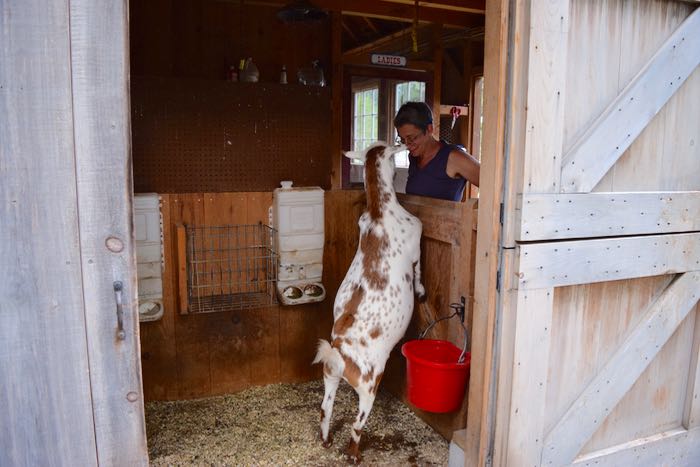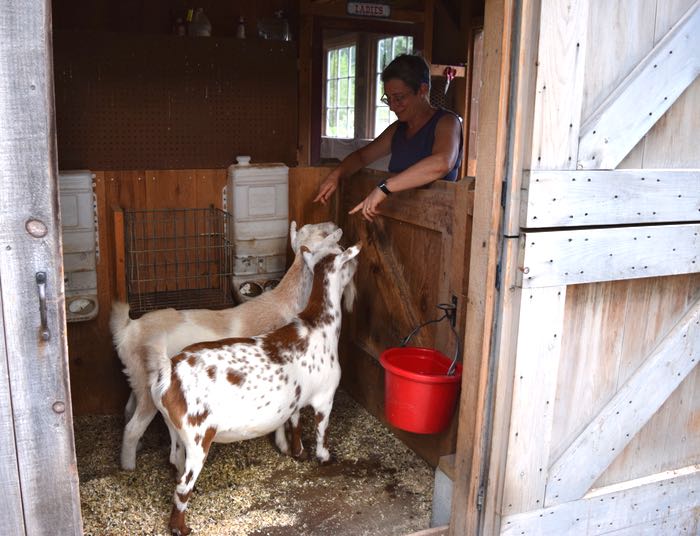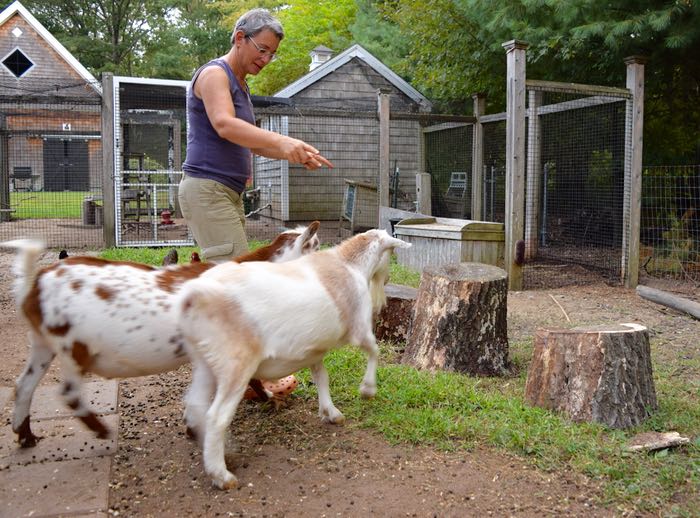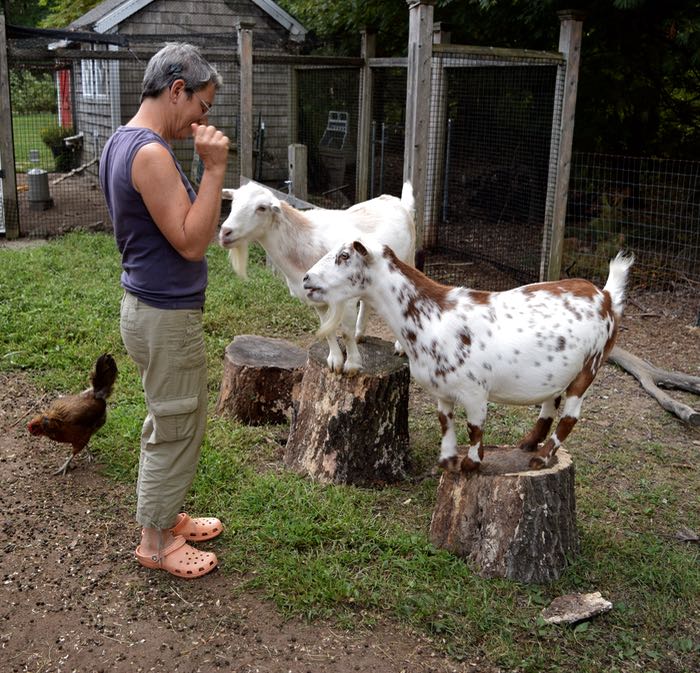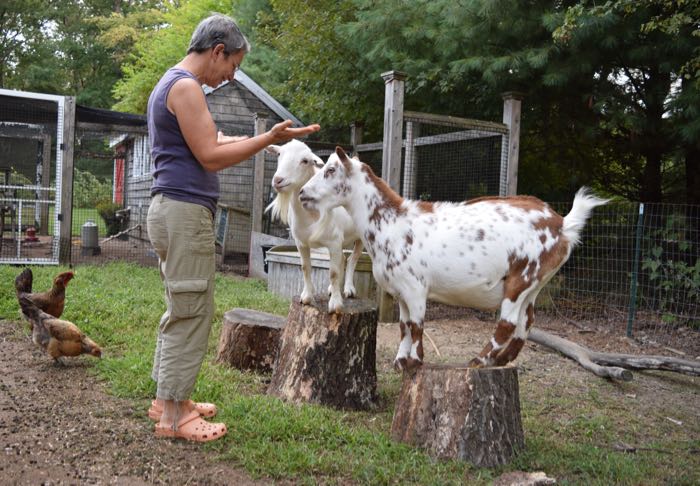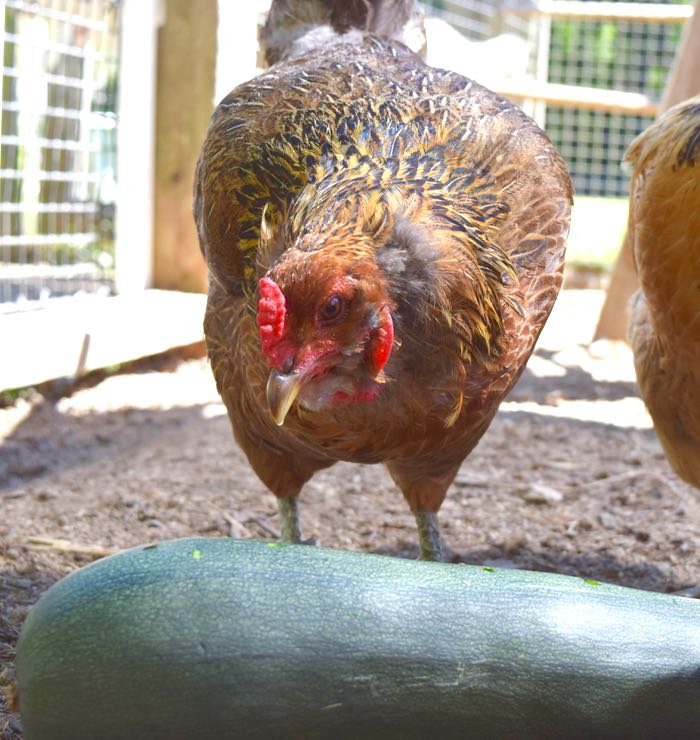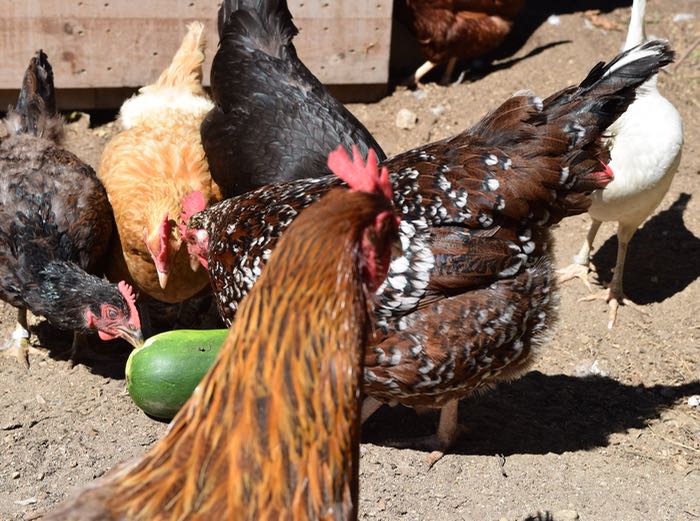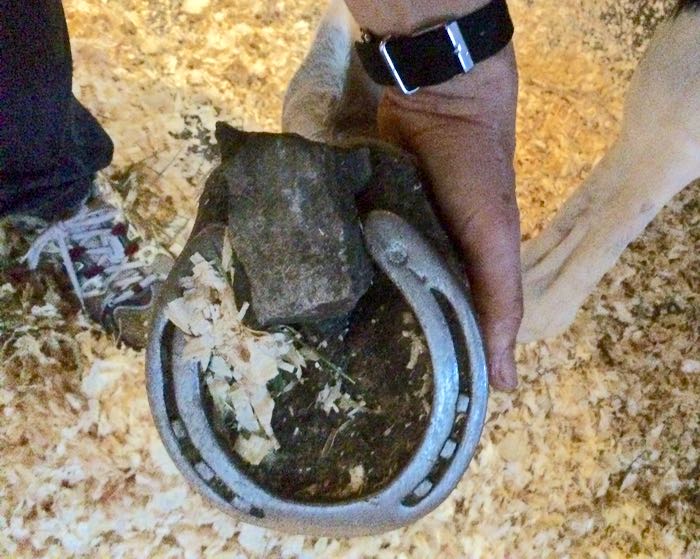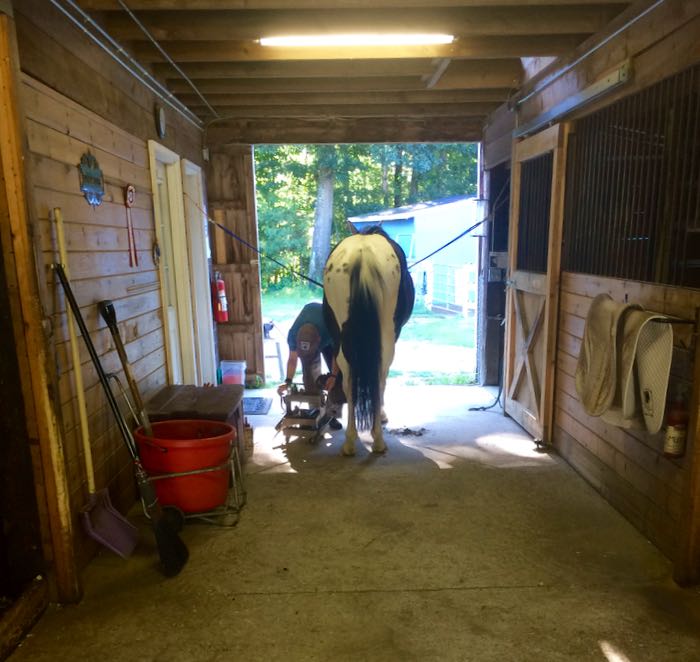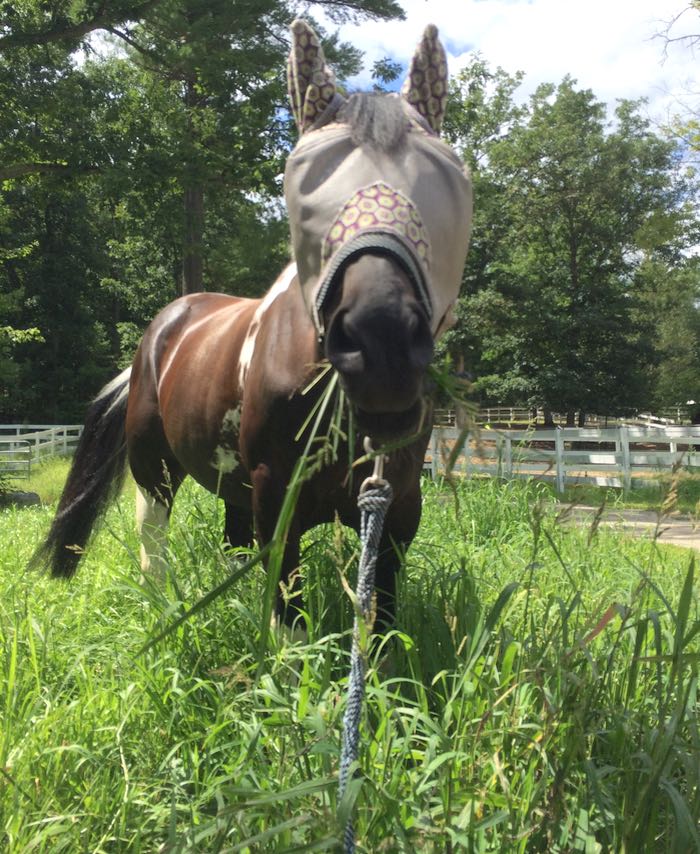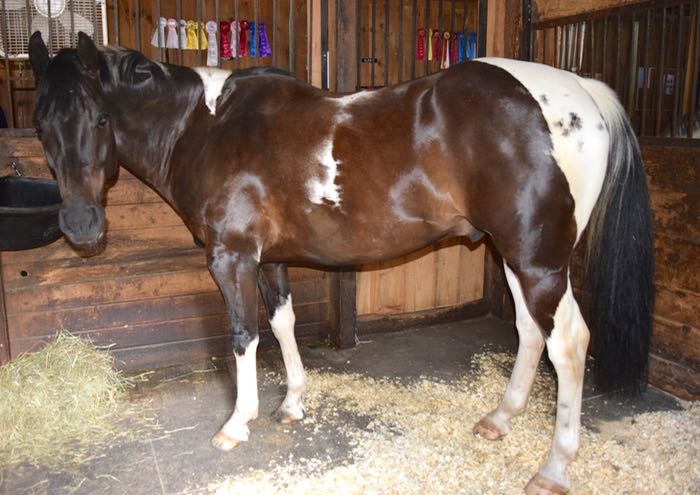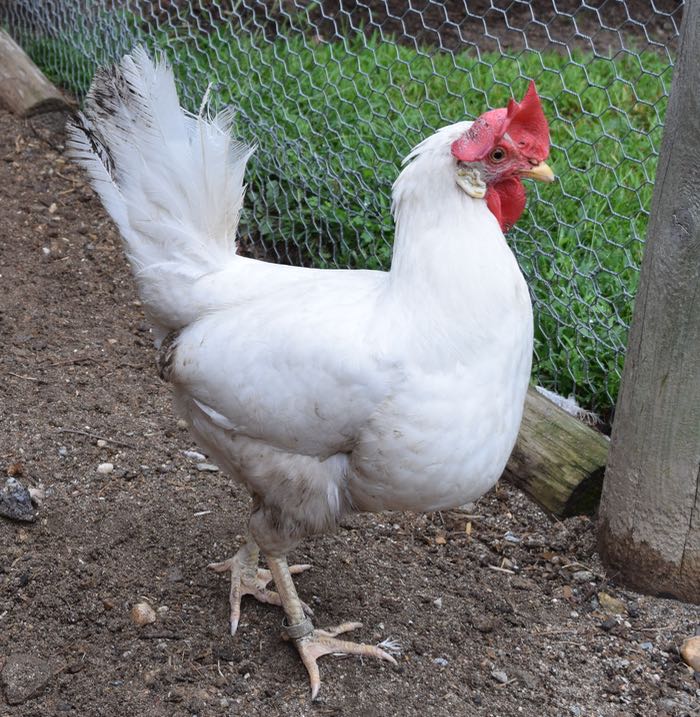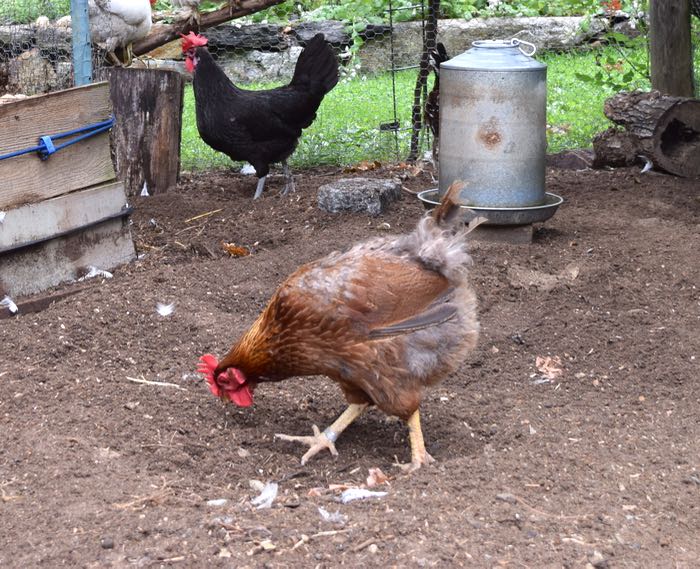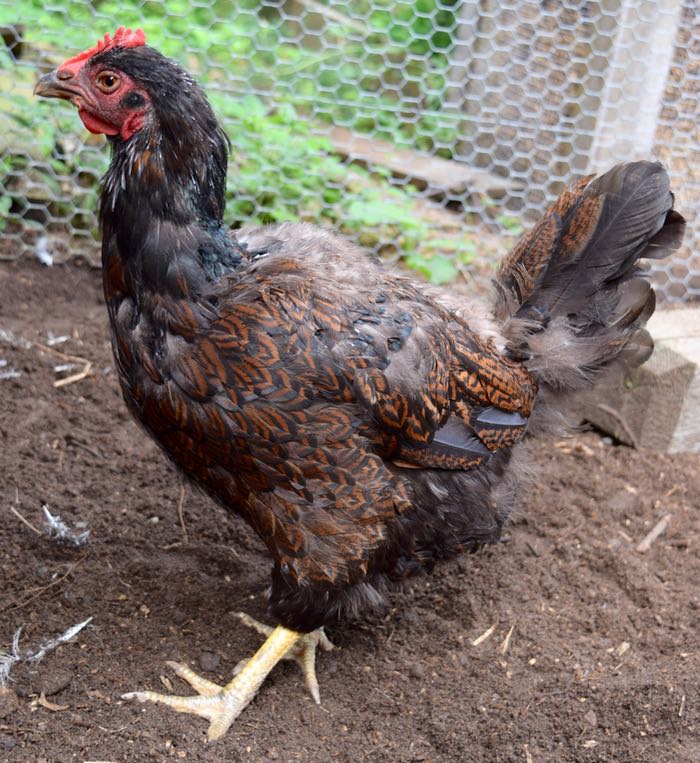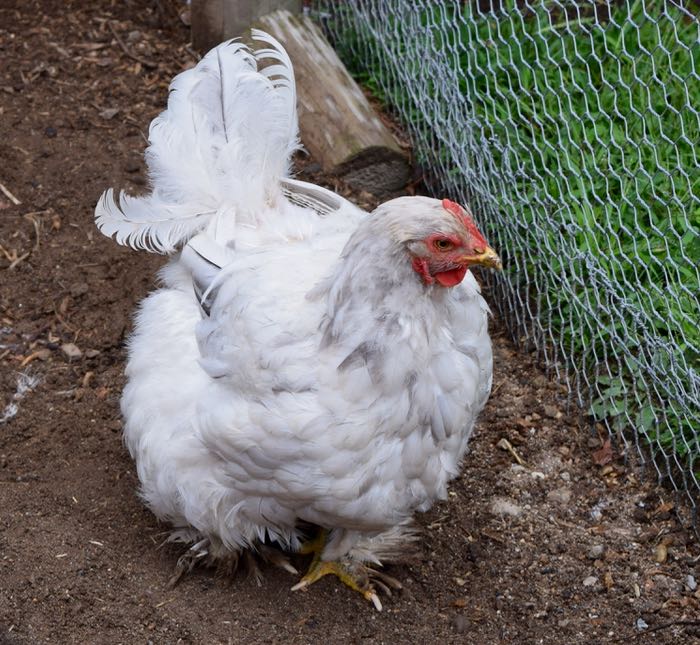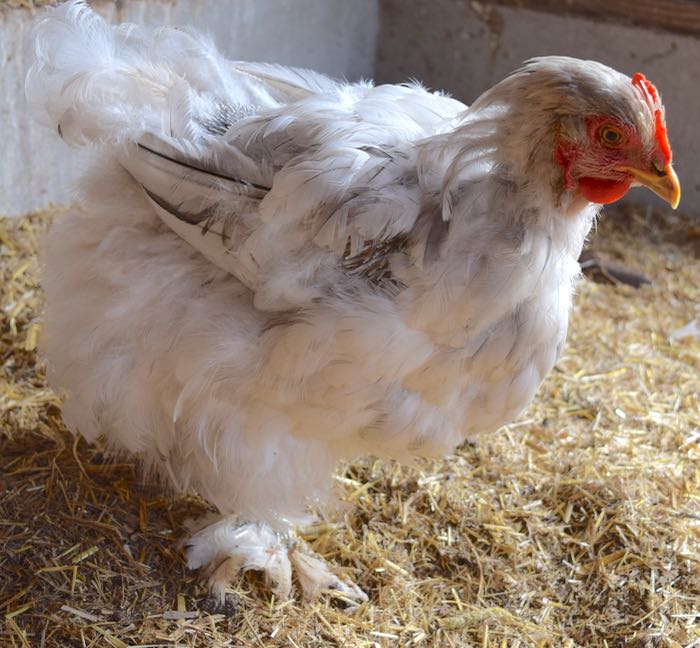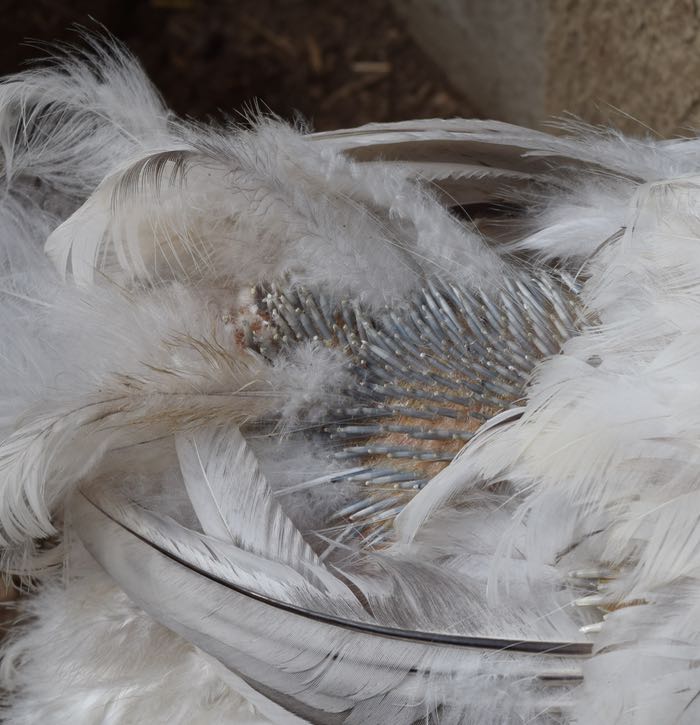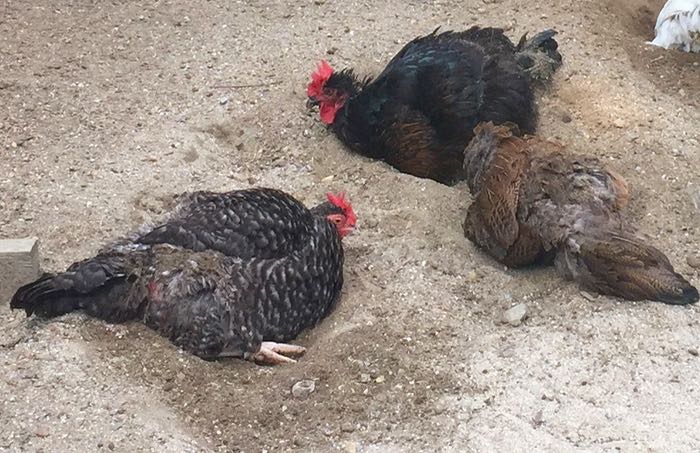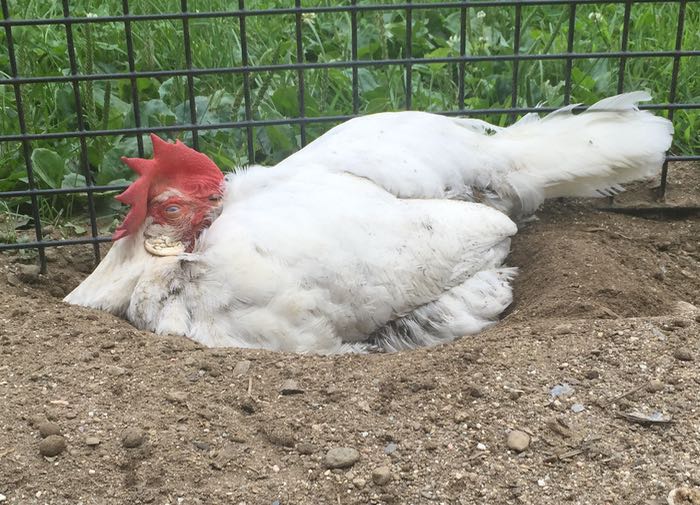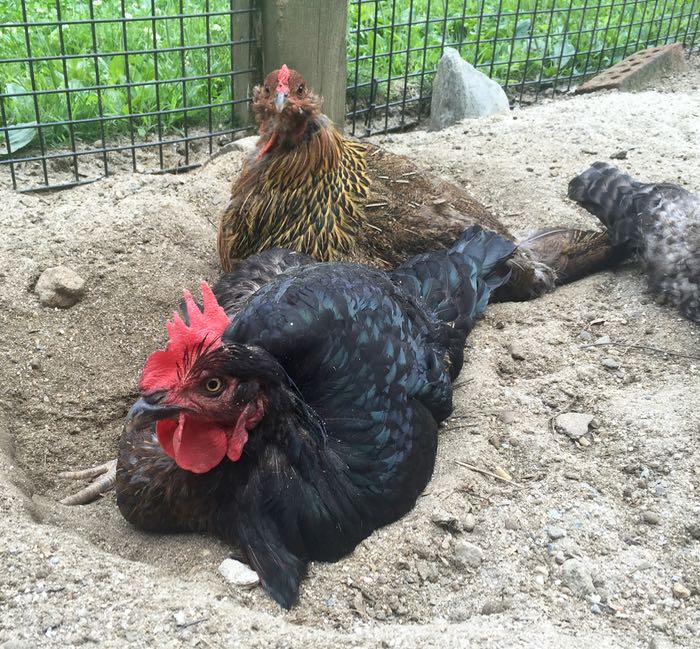Polite. Goats. Two words you don’t expect to see together. But my boys are.
I’d never had goats before I got these twin brothers six years ago. However, I’d heard enough stories about goat antics to expect trouble, and when they arrived I could see the mischief in their two-month old eyes. I knew that I’d have to do some training. It turns out that of all of the animals that I’ve worked with (horses, dogs, fish, chickens, rabbits) that goats have been the most unmitigated joy to train. They are eternally optimistic and believe that whatever is happening will turn out to be excellent. I try my best to fulfill their world view for them.
Pip and Caper never fail to greet me with great enthusiasm. However, you can imagine that it is not a good idea to open a door when a 100-pound goat is standing on it.
I taught the goats to get down when I say off, and to back up on the word back, or a finger wiggle.
The goats love treats, and I love giving them – they are such happy, smiling, tail-wagging, appreciative animals! But goats tell each other what’s what by charging into each other, and they show off with head butts. I needed to give them an alternative way to communicate with me, so I gave them stumps. Pip and Caper jump up on them when I say Go, go! which is great, because instead of running into me, they hurry onto their stations.
I assigned a stump to each goat. That way there’s less (although there is still some) jostling for position.
After the treats are dispensed (in this case, peanuts) I give the universal all done signal.
These truly are polite goats. Somehow, though, their good manners don’t seem to put a crimp in the chaos they cause or the trouble that they get into. Which is fine by me. I wouldn’t want them to lose an ounce of their joie de vivre
I’ve written about my training techniques on my website, The Cooperative Horse. I also have several videos showing snippets of training on my YouTube channel. More will be coming this fall!
(Note: These are new stumps. The old ones rotted away. Caper now has a lower stump to accommodate his gimpy foreleg.)
(Also note that the “goat berries” on the ground all appeared in one day. That entire area had been swept clean the day before. My goats are polite, but they’re not tidy. Goats require a lot of care and manure management.)
